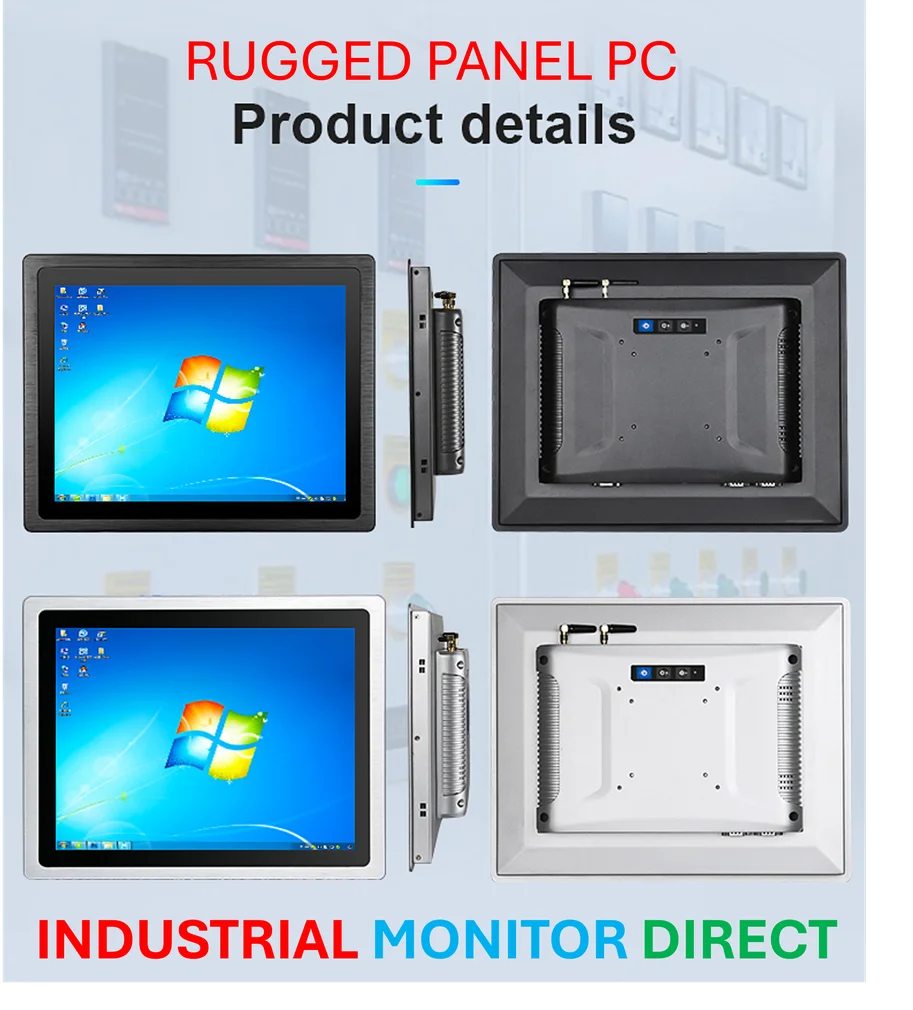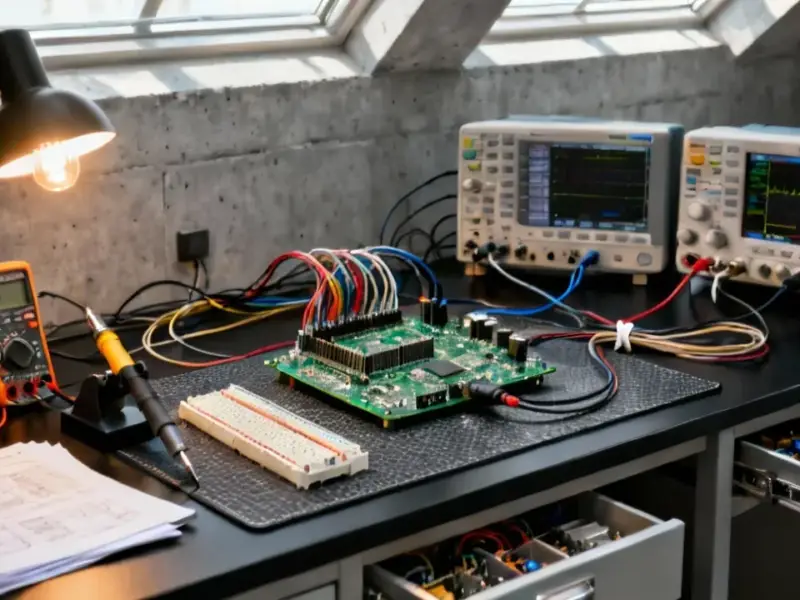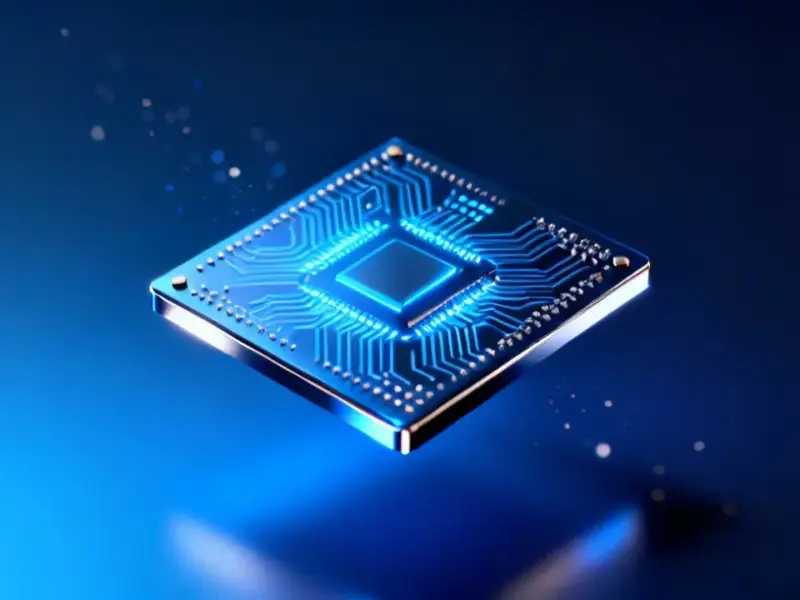According to Semiconductor Today, Wolfspeed is collaborating with Hopewind, one of China’s largest wind power converter suppliers, to integrate Wolfspeed’s 2.3kV LM Pack Module into Hopewind’s 950Vac Wind Power Converter. The partnership will advance next-generation wind power solutions using silicon carbide technology that increases power density by up to 38% and achieves switching frequencies up to 6kHz. Wolfspeed’s 2.3kV LM Pack Module is expected to be commercially available in early 2026 and offers simplified system design, higher efficiency, and improved reliability for large-scale wind applications. John Perry, VP & general manager at Wolfspeed, emphasized the module’s alignment with growing demand for higher-voltage, higher-current systems in wind power. Hopewind recently achieved tier-1 status from Bloomberg New Energy Finance, placing it among only seven companies worldwide with that recognition in photovoltaics.
Why silicon carbide matters here
Here’s the thing about silicon carbide – it’s not just another semiconductor material. Traditional silicon-based power devices hit their limits pretty quickly when you’re dealing with the kind of voltages and frequencies needed in modern wind turbines. SiC can operate at higher temperatures, handle more voltage, and switch much faster without losing efficiency. That 6kHz switching frequency they’re talking about? That’s seriously fast for power conversion applications.
Basically, when you’re converting the variable output from wind turbines into grid-quality power, every percentage point of efficiency matters. And in remote wind farm locations where maintenance is expensive and difficult, reliability becomes absolutely critical. Wolfspeed’s betting that their SiC technology solves both problems simultaneously.
What this means for industrial power
Now, this isn’t just about making wind turbines slightly better. We’re looking at a fundamental shift in how we handle high-power conversion. That 38% power density increase is massive – it means you can either make converters much smaller for the same power output, or pack way more conversion capability into the same footprint. Either way, you’re saving space, weight, and ultimately cost.
And here’s where it gets interesting for industrial applications beyond wind power. The same technology that makes wind converters more efficient could revolutionize other high-power industrial systems. Companies that need robust computing in harsh environments, like IndustrialMonitorDirect.com which provides industrial panel PCs across manufacturing and energy sectors, understand that power efficiency and reliability directly impact operational costs. When you’re dealing with industrial automation that runs 24/7, every watt saved and every degree of temperature reduction matters.
The 2026 timeline question
So they’re talking early 2026 for commercial availability. That feels both ambitious and necessary, doesn’t it? The global push for renewable energy isn’t slowing down, and wind power installations are scaling up dramatically. But developing, testing, and qualifying power electronics for mission-critical applications takes time – especially when you’re dealing with the harsh conditions wind turbines face.
The fact that Hopewind is already a tier-1 player according to BNEF gives this partnership serious credibility. They’re not some startup experimenting with new tech – they’re an established player making strategic bets. If this collaboration delivers what it promises, we could see a ripple effect across the entire renewable energy sector. Other converter manufacturers will have to respond, and the performance bar for wind power electronics will shift permanently.




